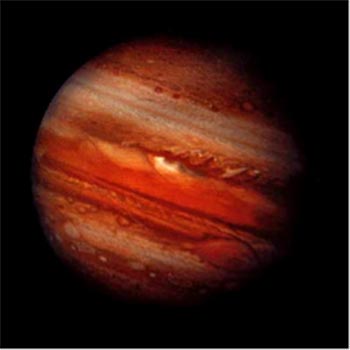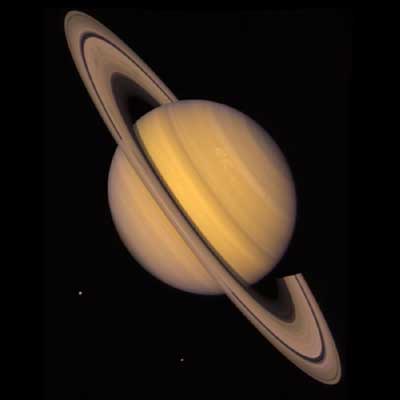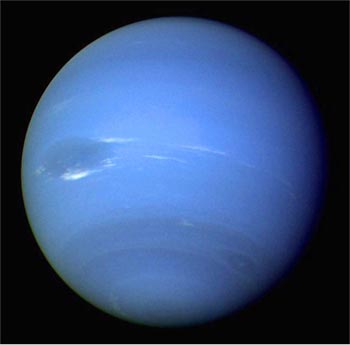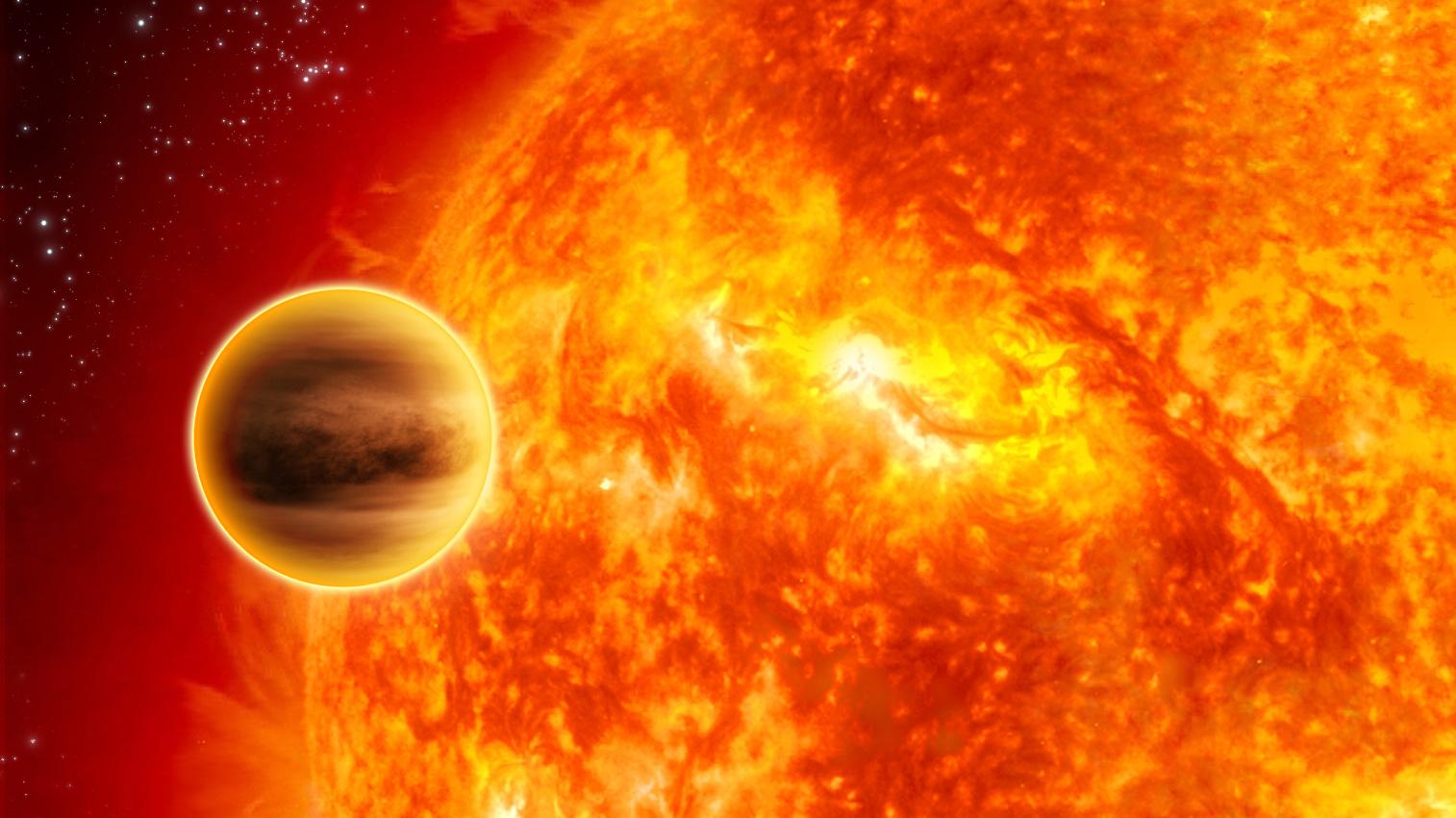8.3: Gas Giant Planets and Select Satellites Overviews
- Page ID
- 244281
Jupiter

Characteristics
Atmosphere
- Hydrogen (H 2 ), Helium (H e ), Methane (CH 4 ), Ammonia (NH 3 ), Water (H 2 O)
Rotation
- Short rotation — 9.8 hours
Revolution
- Long revolution — 11.86 years
Rings
- One thin ring detected by the Voyager 2 spacecraft
Magnetic Field
- A very strong magnetic field; 20,000 times that of Earth’s
Satellites
- 67
The Bottom Line…
- Largest solar system planet
- Great Red Spot
- Gives off more heat than receives
- Small, dense rocky core surrounded by H 2 and H e
- Radio source
- Aurora
- Lightning and thunderstorms
Saturn

Characteristics
Atmosphere
- Hydrogen (H 2 ), Helium (H e ), Methane (CH 4 ), Ammonia (NH 3 ), Water (H 2 O)
Rotation
- Short rotation — 10.6 hours
Revolution
- Long revolution — 29.46 years
Rings
- An intricate system of rings:
- Spokes
- Twisted F ring
- Giant outer ring
Magnetic Field
- Yes
Satellites
- 62
The Bottom Line…
- Spectacular / intricate rings
- Would float in water
- Small, dense rocky core surrounded by H2 and He
- Polar hexagon
- Aurora
- Lightning
Uranus

Characteristics to Compare
Atmosphere
- Hydrogen (H 2 ), Helium (H e ), Methane (CH 4 ), Ammonia (NH 3 ), Water (H 2 O)
Rotation
- Short rotation — 17.3 hours retrograde (backwards)
Revolution
- Long revolution — 84.01 years
Rings
- An intricate system of rings:
- 13 rings total; first 9 found via airborne telescope
Magnetic Field
- Yes, tilted about 45 o . Reason for tilt unknown
Satellites
- 27
The Bottom Line…
- 1st planet discovered with a telescope
- Ice Giant
- Very small rocky core
- Little atmospheric activity
- Looks like a billiard ball
- Aurora
- Neptune’s twin
Neptune

Characteristics to Compare
Atmosphere
- Hydrogen (H 2 ), Helium (H e ), Methane (CH 4 ), Ammonia (NH 3 ), Water (H 2 O)
Rotation
- Short rotation — 16.1 hours
Revolution
- Long revolution — 164.8 years
Rings
- A partial, twisted series of 5 rings confirmed by the Voyager 2 spacecraft
Magnetic Field
- Yes, tilted about 45 o . Reason for tilt unknown
Satellites
- 14
The Bottom Line…
- 1st planet predicted position mathematically
- Ice Giant
- Very small rocky core
- Great Dark Spot, Scooters
- Looks like a billiard ball
- Aurora
- Uranus’ twin
Consider this…
We consider the Gas Giant planets to be huge, especially Jupiter. But when compared to other stellar systems, they are small – even “king of the planets,” Jupiter. Many of these hot Jupiters are much closer to their star than our Gas Giant planets and dwarf Jupiter in size. And it is theorized that some of these so-called “Super Jupiters” might be failed stars, that is, not quite enough mass for the nuclear fusion process. Nuclear fusion is where two particles collide at high speed and form a particle of a higher mass and a lot of energy.

- Provided by: Florida State College at Jacksonville. License: CC BY: Attribution

